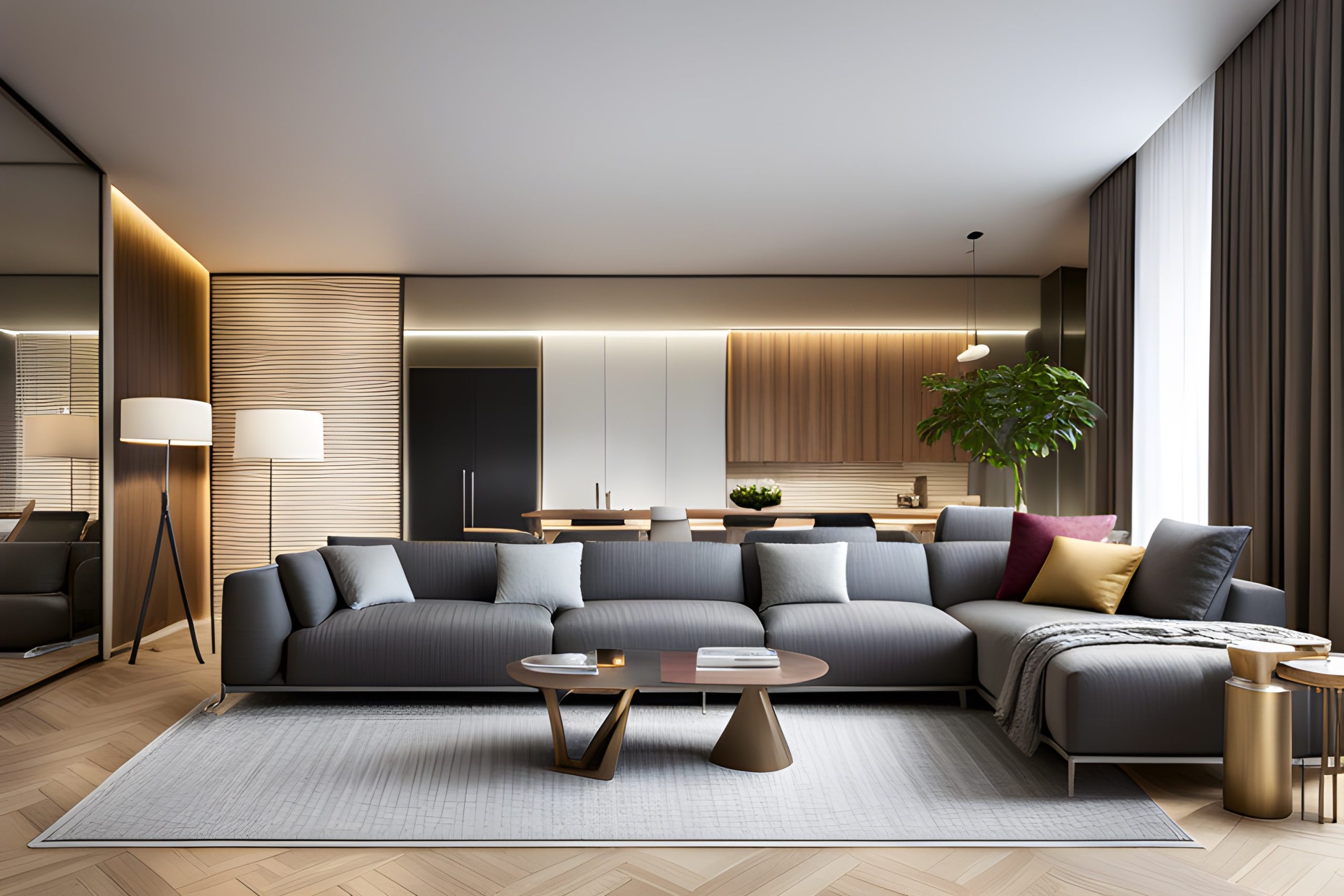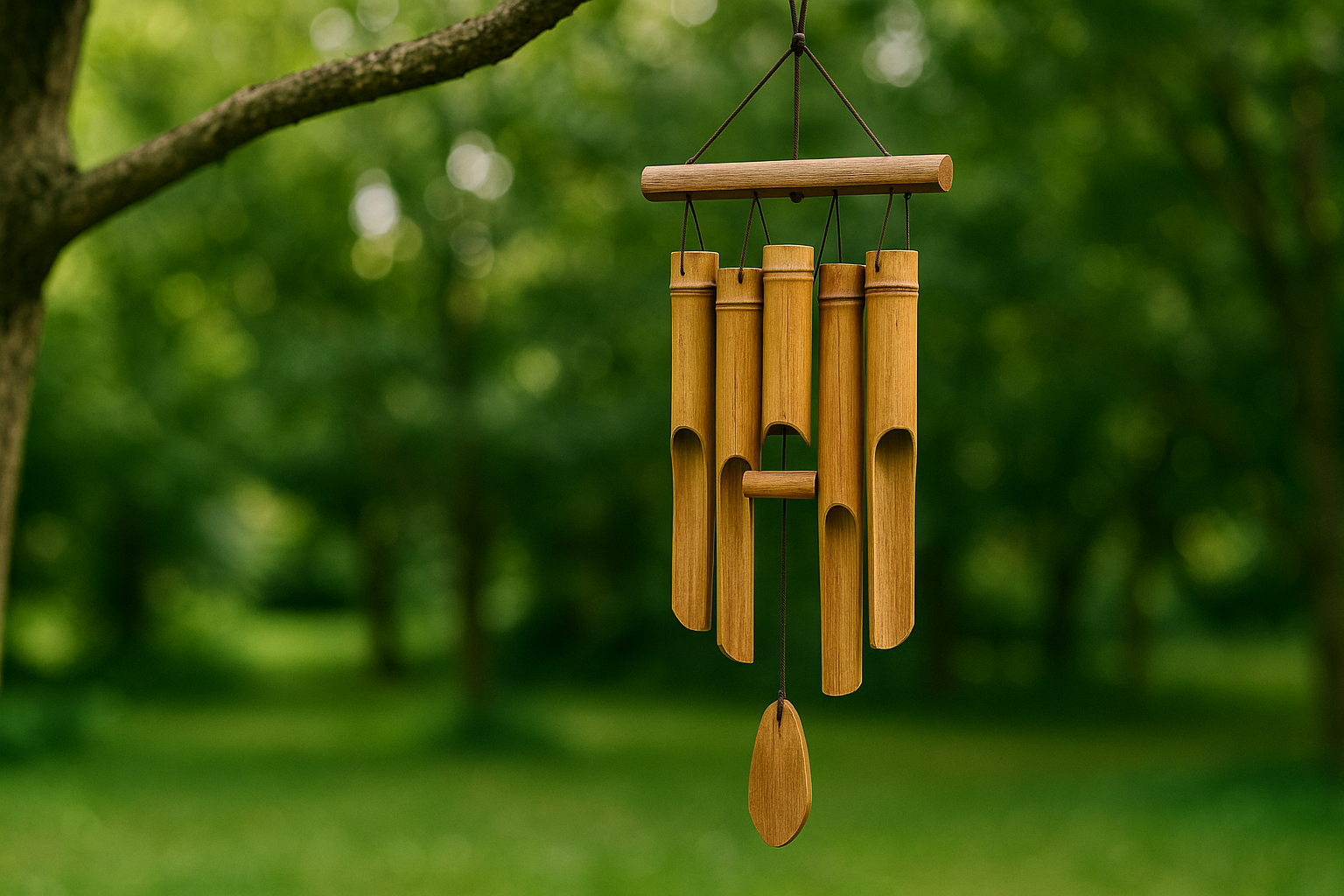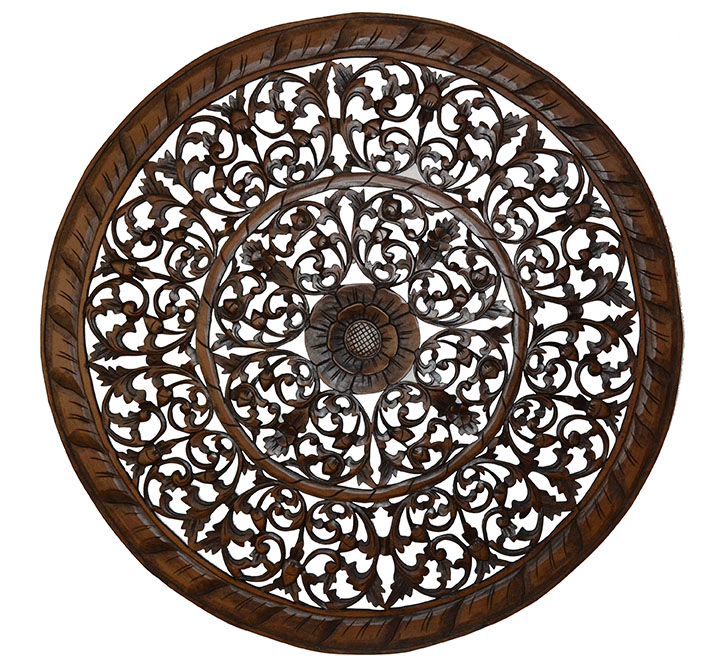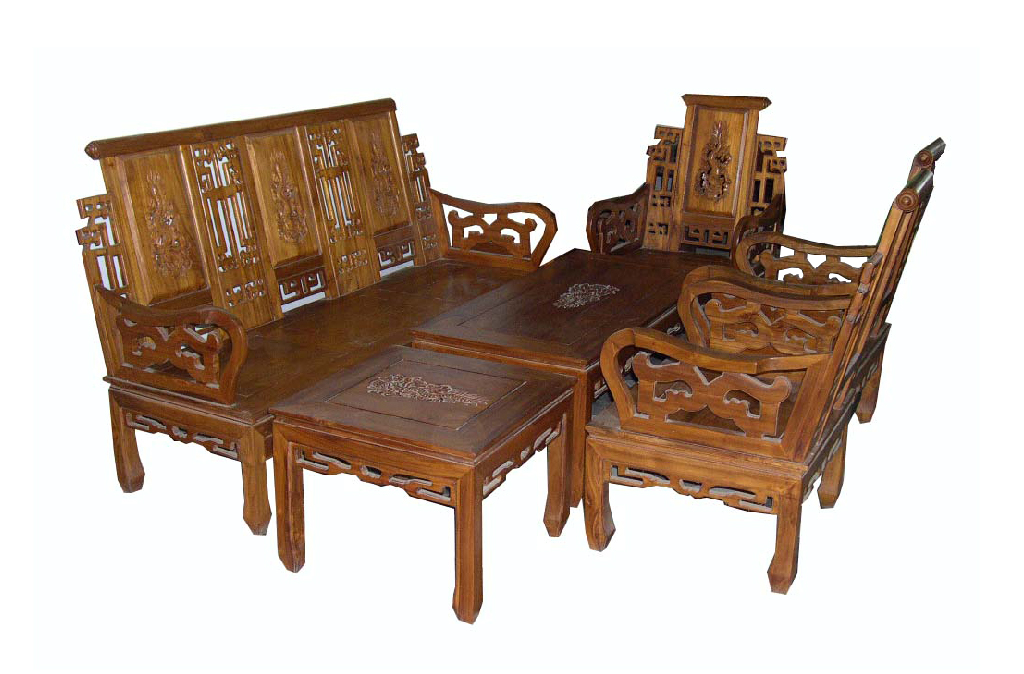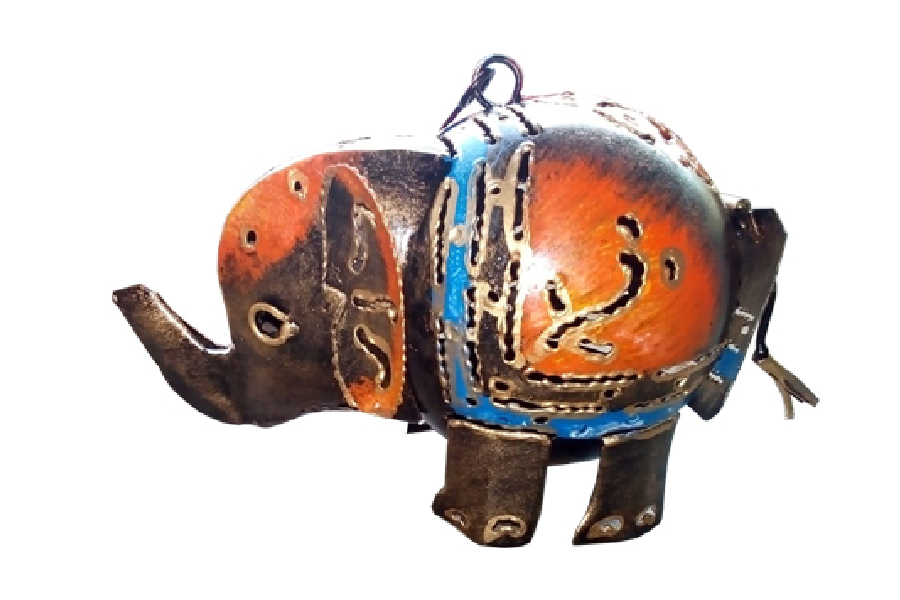Are you ready to spruce up your home but not sure where to start? Look no further than interior design styles! By incorporating different styles into your space, you can transform it from ordinary to extraordinary and make it a true reflection of your personality and taste.
In this article, we will explore the latest interior design styles, including modern, minimalist, traditional, rustic, industrial, contemporary, and eclectic. We’ll discuss their characteristics, key elements, and how to incorporate them into your home. Whether you prefer sleek and sophisticated or cozy and natural, we’ve got you covered.
So, grab a pen and paper and get ready to take notes, because by the end of this article, you’ll be ready to transform your space and create a home that truly reflects your style and personality.
Understanding Modern Interior Design Styles
If you’re looking for a clean and minimalist look, modern interior design may be the style for you. With a focus on simplicity and functionality, this style emphasizes clean lines, neutral colors, and natural materials.
To incorporate this style into your home, consider furniture with sleek and simple designs, such as leather or metal finishes. Use neutral colors and add pops of accent colors with bold artwork or accessories. Minimalist artwork, such as geometric shapes or abstract paintings, can also enhance the overall aesthetic.
One other key element of modern interior design is natural light. Large windows, skylights, and open floor plans can help to bring natural light into your space and create a bright and airy feel. Incorporating plants and other greenery can also add a touch of nature to your space and create a calming atmosphere.
Tips for Incorporating Modern Interior Design:
- Choose furniture with clean lines and simple designs.
- Incorporate neutral colors and add pops of accent colors with bold artwork or accessories.
- Use minimalist artwork, such as geometric shapes or abstract paintings.
- Emphasize natural light with large windows, skylights, and open floor plans.
- Add plants and other greenery to bring a touch of nature to your space.
By incorporating these elements, you can achieve a sleek and contemporary look in your home with modern interior design.

Embracing Minimalist Design
Minimalist design is a popular interior style characterized by its simplicity, clean lines, and focus on functionality. The minimalist approach to design values function over form and encourages the use of a limited color palette. If you’re looking to create a calming and clutter-free space, minimalist design might be the perfect fit for you.
What are the key elements of minimalist design?
The key elements of minimalist design include:
- Functional furniture with clean lines and no ornate details
- A limited color palette featuring neutrals and earth tones
- Ample natural light and unobstructed views
- Simplicity in patterns and textures
- The use of negative space to create a sense of calm and openness
How can you create a minimalist space?
Here are some tips for creating a minimalist space:
| Tip | Description |
|---|---|
| Declutter | Get rid of unnecessary items and keep only the essentials. Store items out of sight to maintain a clean and organized space. |
| Choose a limited color palette | Stick to a neutral or earth-toned color palette to create a calming atmosphere. You can add pops of color with accessories such as throw pillows or art pieces. |
| Focus on function | Select furniture and decor items that serve a purpose and avoid items that are purely decorative. |
| Embrace negative space | Don’t overwhelm your space with too much furniture or decor. Allow for empty space to create a sense of calm and openness. |
What are some examples of minimalist interiors?
Here are a few examples of minimalist interiors:
- A white bedroom with a platform bed, clean-lined furniture, and a single piece of artwork on the wall
- An open-concept living and dining area with neutral furniture, a large area rug, and a single pendant light fixture
- A bathroom with sleek, white tiles, a hanging pendant light, and a simple wooden vanity with a single sink
By incorporating these tips and using these examples as inspiration, you can create a cozy and calming minimalist environment in your own home.
Embracing Traditional Design
If you’re looking to add a touch of timeless elegance to your home decor, traditional design is the way to go. This style is all about creating a warm and inviting atmosphere with classic elements and rich colors.
One of the key characteristics of traditional design is the use of antiques and vintage pieces. Look for furniture with ornate details, curved lines, and soft edges. Dark wood finishes like mahogany, walnut, and cherry are also typical of this style.
| Color Palette | Furniture | Decorative Accessories |
|---|---|---|
| Deep, rich hues like navy, burgundy, and forest green | Ornate, curved pieces with dark wood finishes | Antiques, vintage accessories, and family heirlooms |
Pair your traditional furnishings with luxurious fabrics like silk, velvet, and damask to create a cozy and inviting atmosphere. To complete the look, add decorative accessories like chandeliers, sconces, and tapestries that reflect the elegance and sophistication of this style.
When it comes to incorporating traditional design into different rooms, there are a few key elements to keep in mind. In the living room, for example, focus on creating a comfortable and cozy space where you can entertain guests and relax with family. Incorporate soft lighting, plush seating, and a mix of decorative accessories to create a warm and inviting atmosphere.
In the dining room, traditional design is all about creating a formal and elegant space for hosting dinner parties and special occasions. Invest in a large dining table with ornate details and comfortable chairs. Accessorize with a chandelier, vintage table settings, and classic artwork to tie the room together.
Creating a Rustic Ambiance
If you’re drawn to the charm and warmth of the countryside, a rustic interior design style might be just what your home needs. To infuse rustic charm into your space, you’ll want to focus on natural materials, earthy colors, and cozy textures. Here are some tips to get you started:
Bring in natural elements: Wood is a key element in rustic design, so incorporate it wherever possible. Consider exposed ceiling beams, hardwood floors, and reclaimed wood furniture. Stone accents, such as a fireplace or accent wall, can also add to the rustic ambiance.
Stick with earth tones: Shades of brown, beige, and green are classic rustic colors. Think warm wood tones, natural stone shades, and mossy greens. You can also include pops of color with muted reds, blues, and yellows.
| Tip: | Avoid bright or neon colors, which will clash with the earthy tones of the rustic style. |
|---|
Embrace texture: Rustic design is all about creating a cozy and inviting ambiance, so layering textures is key. Look for chunky knit blankets, wool rugs, and linen curtains. Incorporate woven baskets, vintage pottery, and other handmade accents to add to the organic feel of the space.
Creating a Rustic Kitchen
In the kitchen, the rustic style can be particularly charming. To achieve a rustic look, consider the following:
- Install natural wood cabinets with a distressed or weathered finish.
- Swap out modern appliances for retro or vintage-inspired options.
- Incorporate open shelving to showcase rustic dishes, glassware, and pottery.
- Add a farmhouse sink and simple, functional fixtures in a brushed nickel or aged brass finish.
| Tip: | For an added touch of warmth, consider installing a brick or stone backsplash. |
|---|
No matter how you choose to incorporate rustic style into your home, remember that the goal is to create a warm and inviting atmosphere. With natural materials, earthy tones, and cozy textures, you can evoke the charm of a countryside getaway right in your own living room.
Exploring Industrial Design
Industrial design is increasingly popular in interior design, with its raw, urban appeal and utilitarian aesthetics. Drawing inspiration from factories, warehouses, and other industrial spaces, this style incorporates exposed materials, unfinished surfaces, and a focus on function.
To achieve an industrial look, you can start by incorporating elements such as concrete floors, metal pipes, and brick walls. Wood and leather accents can also be used to add warmth and texture to the space. To further enhance the industrial feel, consider incorporating vintage or salvaged pieces, such as an old metal filing cabinet or a repurposed factory cart.
Industrial design can be applied in many areas of the home, from the kitchen and dining room to the living room and bedroom. In the kitchen, incorporating stainless steel appliances and open shelving can amplify the industrial vibe. In the living room, a leather sofa and metal coffee table can be paired with exposed brick walls for a chic urban look.
Industrial Design Dos and Don’ts
Here are some dos and don’ts to keep in mind when incorporating industrial design in your home:
- Do: Incorporate raw, unfinished materials like concrete, metal, and wood.
- Do: Use vintage or salvaged pieces to add character and interest.
- Do: Experiment with dark and moody palettes.
- Don’t: Overdo it with industrial elements, as this can make the space feel cold and unwelcoming.
- Don’t: Neglect warmth and comfort in favor of style.
By following these guidelines, you can create a well-balanced and inviting space that showcases the best of industrial design.
Unveiling the Contemporary Style
The contemporary interior design style is a popular choice among homeowners seeking a sleek and modern aesthetic. This style is all about blending modern and traditional elements to create a unique and stylish space that feels both timeless and up-to-date.
To achieve a contemporary look, start with a neutral color palette, such as shades of gray, beige, or white, and add pops of bold color through accents like pillows, rugs, or artwork. For furniture, choose pieces with clean lines and minimal embellishments, and opt for materials like glass, metal, or leather to create a polished and refined look.
One key aspect of contemporary style is the attention to detail. Pay close attention to lighting, incorporating fixtures like recessed or track lighting, and adding statement pieces like a unique chandelier or pendant light to create a focal point in the room.
Incorporating Contemporary Style Throughout Your Home
The beauty of contemporary design is its versatility. With its focus on simplicity and sleekness, it can be incorporated into any room in your home. Here are some tips for incorporating contemporary style throughout your space:
- Choose simple and clean-lined furniture for your living room, such as a streamlined couch and chairs.
- Incorporate statement pieces like a bold-colored rug or a piece of modern art to add visual interest to the space.
- Add tech-savvy elements like wireless speakers or smart lighting to create a functional and modern environment.
- In your bedroom, choose a platform bed with minimalistic decor, and add a few pops of color or texture with accent pillows or throws.
- In your kitchen, opt for sleek and modern appliances, such as a stainless steel refrigerator or a glass-top stove.
By incorporating contemporary design elements throughout your home, you can create a cohesive and stylish space that feels both timeless and up-to-date.
Infusing Eclectic Charm
If you’re looking to create a one-of-a-kind space that reflects your personality and individuality, eclectic design might be for you. This style is all about mixing and matching different elements, colors, patterns, and textures to create a cohesive yet unique look.
To infuse eclectic charm into your home, start by selecting a bold and eye-catching focal point such as a statement piece of furniture or artwork. Then, build around it with complementary pieces that may be from different eras, styles, or origins. Be sure to balance the different elements by incorporating neutral shades or repeated patterns throughout the room.
An eclectic design can also be achieved by repurposing and upcycling vintage or antique pieces. Consider giving new life to old or outdated furniture by painting it in a bright color or reupholstering it with a funky patterned fabric.
Elements of Eclectic Design
| Key Characteristics | Examples |
|---|---|
| Multiple patterns and textures | Mixing floral, stripes, and geometric prints; combining leather, wood, and metal accents |
| Unconventional accessories | Displaying vintage suitcases, abstract sculptures, or colorful rugs as wall hangings |
| Creative lighting | Using hanging pendant lights with unique shapes, repurposing antique chandeliers, or showcasing Edison bulbs |
Eclectic design is all about breaking the rules and embracing your personal style. It allows for a mix of old and new, bold and subtle, and sparks creativity by encouraging you to think outside the box.
Frequently Asked Questions (FAQ)
Here are some common questions that people ask about interior design styles:
How do I choose the right interior design style?
Choosing the right interior design style depends on your personal taste, lifestyle, and budget. Take inspiration from different styles, research online and in magazines, and visit furniture and decor stores to see what catches your eye. Consider the size and layout of your space, as well as the existing decor and architectural features. Remember to keep functionality and practicality in mind, and select a style that reflects your personality and enhances your well-being.
Can I mix different interior design styles?
While it can be challenging to mix different interior design styles, it is possible with careful planning and execution. The key is to identify the common elements and create a cohesive look that balances contrast and harmony. Start by selecting a dominant style and then add accent pieces from other styles that complement it. Use color, texture, and scale to create visual interest and avoid clutter. Remember to maintain a unified color palette and consistent theme throughout your space, and don’t be afraid to experiment and customize.
How do I stay true to a particular interior design style while adapting to current trends?
Staying true to a particular interior design style while adapting to current trends requires a fine balance. Start by understanding the core principles and key features of the style you want to maintain. Then, identify the current trends that align with it and incorporate them in a subtle and organic way. For example, if you have a modern interior design style, you can add a touch of metallic accents, organic materials, or bold patterns to keep up with the current trends while maintaining the clean lines and minimalist aesthetic. Remember to prioritize timelessness and functionality over short-term trends, and don’t forget to express your personal style.
How do I create a cohesive interior design style throughout my entire home?
Creating a cohesive interior design style throughout your entire home requires a consistent theme, color palette, and design language. Start by identifying the dominant style you want to pursue and then define the key features and elements. Choose a color palette that reflects the mood and ambiance you want to create and apply it consistently throughout your home. Use similar materials, textures, and patterns to create a sense of flow and continuity. Remember to pay attention to the transition areas, such as hallways and doorways, and use similar colors and decor to connect different spaces. Finally, add personal touches and accents that reflect your personality and make your home unique.


